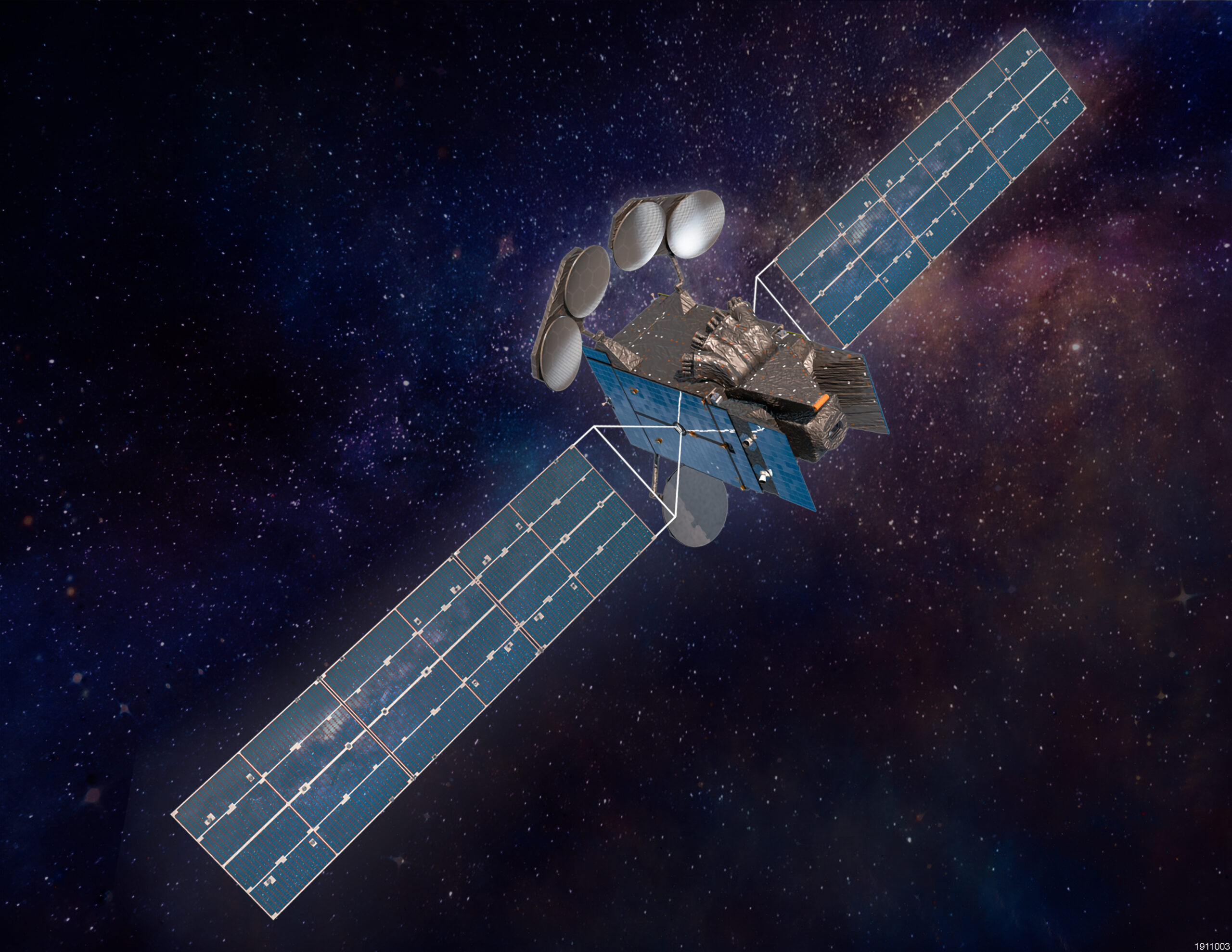In a groundbreaking announcement on Tuesday, NASA unveiled crucial updates to its Artemis campaign, setting the stage for profound advancements in lunar exploration and paving the way for the agency’s ambitious goal of landing humans on Mars. The revised schedule will not only see the first woman and first person of color stepping onto the lunar surface but also marks a significant leap towards preparing for future Martian expeditions.
NASA Administrator Bill Nelson underscored the importance of prioritizing astronaut safety as the primary driver behind the adjustments to the Artemis II and III schedules. The Artemis II mission, scheduled for September 2025, will be the first crewed mission around the Moon, focusing on testing critical environmental control and life support systems aboard the Orion spacecraft. Delays, attributed to the meticulous resolution of a battery issue and challenges related to air ventilation and temperature control circuitry, aim to ensure the success and safety of the mission.
“As we embark on this unprecedented journey back to the Moon, the safety of our astronauts remains NASA’s top priority,” emphasized Administrator Nelson. “Our success relies on the strength of our commercial and international partnerships, pushing the boundaries of human exploration and understanding our place in the solar system. Artemis symbolizes the collective achievement of nations, showcasing what can be accomplished when we unite for a common purpose.”
The adjusted timeline for Artemis III, targeted for September 2026, aligns with lessons learned from Artemis II and acknowledges development challenges faced by NASA’s industry partners. SpaceX, responsible for the human landing system, and Axiom Space, tasked with next-generation spacesuits, will benefit from additional testing and refinement time to ensure the seamless integration of new capabilities.
Catherine Koerner, Associate Administrator of the Exploration Systems Development Mission Directorate, emphasized the crucial role of the Artemis II flight test in mitigating risks for future Moon missions. “We are letting the hardware talk to us so that crew safety drives our decision-making. We are resolving challenges associated with first-time capabilities and operations, getting closer than ever to establishing sustained exploration of Earth’s nearest neighbor under Artemis.”
In tandem with the schedule adjustments for Artemis II and III, NASA is reevaluating the launch schedule for the first integrated elements of Gateway, originally planned for October 2025. The move aims to provide additional development time and align the launch more effectively with the Artemis IV mission in 2028.
Furthermore, NASA has called upon its Artemis human landing system providers, SpaceX and Blue Origin, to leverage their gained knowledge and apply it to potential variations for delivering large cargo on subsequent missions.
“Artemis is a long-term exploration campaign to conduct science at the Moon with astronauts and prepare for future human missions to Mars. That means we must get it right as we develop and fly our foundational systems so that we can safely carry out these missions,” stated Amit Kshatriya, Deputy Associate Administrator of Exploration Systems Development and manager of NASA’s Moon to Mars Program Office. “Crew safety is and will remain our number one priority.”
As NASA forges ahead with Artemis, the agency is poised to explore more of the Moon than ever before, pioneer sustainable living and working conditions away from Earth, and lay the groundwork for the ultimate human exploration of the Red Planet. The Space Launch System (SLS) rocket, exploration ground systems, Orion spacecraft, human landing system, next-generation spacesuits, Gateway lunar space station, and future rovers collectively form NASA’s robust foundation for deep space exploration. The upcoming Artemis missions promise to be historic milestones in humanity’s quest for space exploration and knowledge.
Image Credit: NASA
Artemis II crew members (from left) CSA (Canadian Space Agency) astronaut Jeremy Hansen, and NASA astronauts Christina Koch, Victor Glover, and Reid Wiseman walk out of Astronaut Crew Quarters inside the Neil Armstrong Operations and Checkout Building to the Artemis crew transportation vehicles prior to traveling to Launch Pad 39B as part of an integrated ground systems test at Kennedy Space Center in Florida on Wednesday, Sept. 20, to test the crew timeline for launch day.











